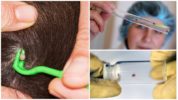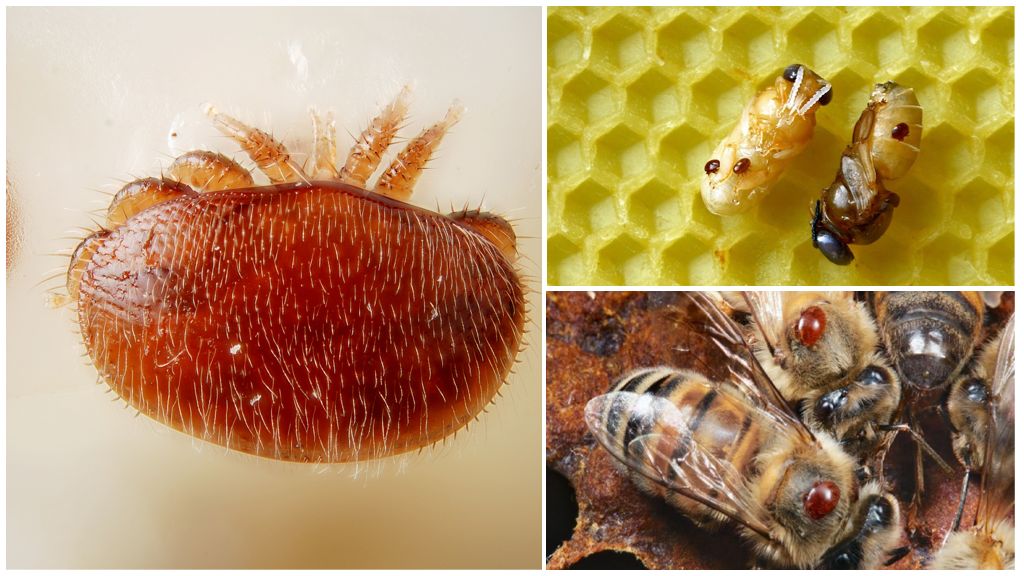- Tick Removal Methods
- Laboratory analysis of the tick
- Ticks
A person tries to get rid of insects or parasites on his body immediately when they are detected. This catching reflex often saves him from undesirable consequences, but not in the case of a tick. If the tick has already stuck to the victim, it will not be able to brush it off. And crushing it is not so easy and even dangerous. To do this, there are several sure ways to kill a tick.
On a note!
Mite It is a small arthropod. The length of his body is only 2-3 mm. Four pairs of limbs have hooks, with the help of which the parasite clings to the victim passing by it. To get to the blood, he selects areas of the body with delicate thin skin. In humans, most often you can find a tick behind the ears, in the armpit, in the groin, on the inside of the elbow, on the neck.
Removal process
Tick bite poses a serious threat to human health. The parasite is carrier of a number of dangerous diseases:
- tick-borne encephalitis;
- Lyme disease (borreliosis);
- tick-borne typhus;
- ehrlichiosis other.
A feature of a tick bite is that it inserts its proboscis, jaw, and then its head deep into the wound. If you try to pull it sharply out of there, then the abdomen can come off the head. When the body ruptures, the contents of the stomach, and with it the causative agents of the virus, will fall into the wound. For the same reason, it is impossible to crush a tick that has stuck to the body.
On a note!
Dripping oil or kerosene on the parasite is not recommended. Sensing a lack of oxygen, a bloodsucker will relax the proboscis and the entire contents of the stomach will fall into the wound.
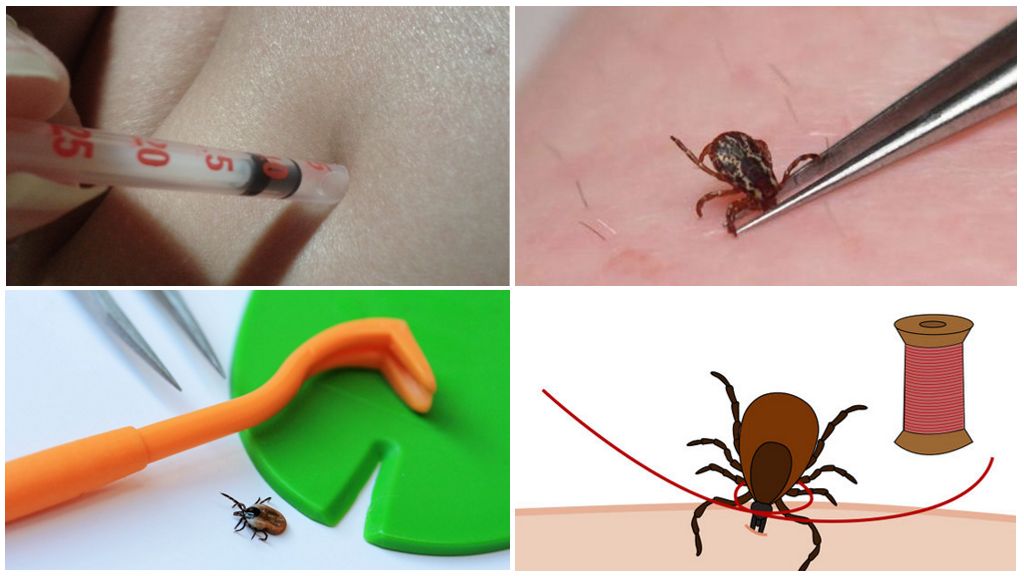
To remove tick without additional risk, you can use several simple ways:
- Parasite removal using a conventional syringe. You need to purchase a medical syringe in a pharmacy and cut off the end where the needle is inserted. Put the resulting hole tightly to the place where the bloodsucker sucked. Then pull the piston toward yourself several times. After this, the tick itself will come out of the wound.
- Remove the tick with tweezers. To do this, gently grasp the tips of the tweezers around the base of the abdomen of a bloodsucker and gently pull up. During pulling, tweezers need to be rotated a little around the axis, twisting the parasite from the wound.
- Plain thread will help remove the tick. From the thread you need to make a loop and throw it around the body of the bloodsucker. Next, wiggling movements should slowly stretch the arthropod.
- Pulling a tick with special tool. In the pharmacy you can buy a special hook in the form of a curved fork. The teeth of the fork need to carefully pick up the parasite, but try not to press on the abdomen. Pull it out from under the skin with smooth movements.
Important!
After you managed to pull the parasite out, you can not take it with your hands. On his proboscis there are particles of saliva and secretions, which may contain virus pathogens. A parasite needs to be taken through a napkin or piece of tissue, and best of all with tweezers. After you managed to take it, you should carefully consider the arthropod, whether all of its limbs are in place. Sometimes a foot or the head remains in the wound. Then they need to be squeezed out, and process the wound alcohol-containing solution.
The need for laboratory research
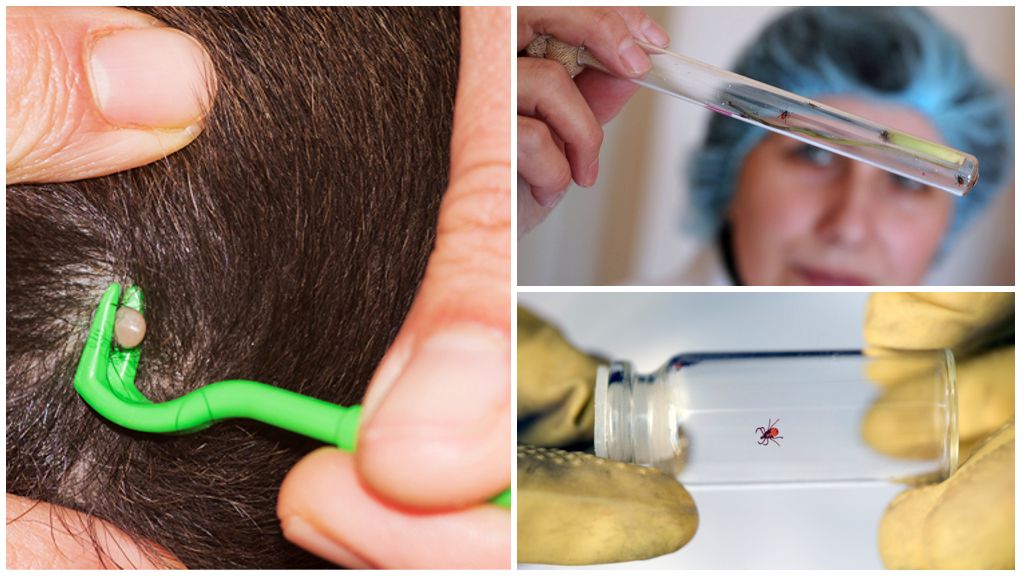
After pulling the bloodsucker out of the wound, make sure that it is not a carrier of a dangerous disease. For this, the tick is placed in a test tube or any glass container with a lid and taken to the nearest laboratory at a medical institution. There experts conduct a number of studies and determine whether the parasite has been infected with viruses.
If the answer is yes, the victim is immediately hospitalized and treated with modern medications.
On a note!
Depending on the severity of the disease, the bite victim will have to spend several weeks in the hospital, taking antibiotics, immunoglobulin, vitamins and antiviral agents. A timely diagnosis and medical assistance contribute to the quick correction of the victim.
Ways to destroy a tick
If during a tick bite a person is far from medical facilities, and there is no possibility transfer the parasite to the laboratory for research, it must be destroyed. But not everyone knows whether it is possible to crush a tick after it has been discovered on the human body. The parasite is covered with a chitinous membrane, and it is almost impossible to crush the tick with fingers. During the manipulation, he will slip between the fingers.
Important!
It is possible to crush the tick with a fingernail, but then there is a big risk of being infected with the infected contents of its stomach and viscera. If there are microcracks on the skin of the hands and the secretions of the infected tick get there, the virus can penetrate the human body.
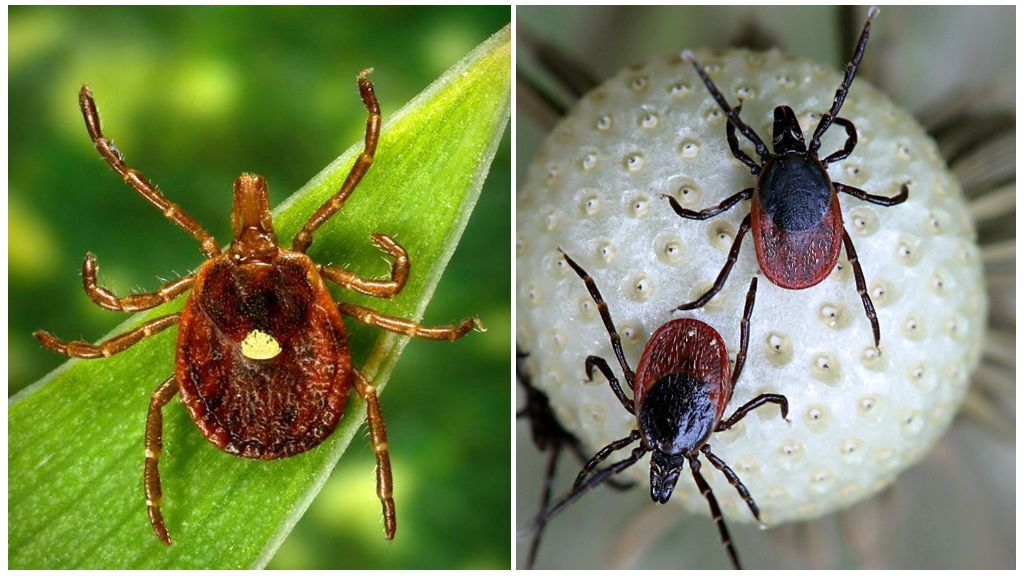
It is also impossible to leave the arthropod alive, he will continue to search for his prey. Therefore, correctly killing a tick without harming others will help certain methods:
- ticks must be burned on fire - for this it must be squeezed with tweezers and set on fire with a regular lighter or match;
- to drown a tick in water is very difficult, but if there are no other options, then it needs to be flushed in the toilet, flushing the parasite into the sewer;
- it is unlikely that it will be possible to crush an arthropod with a foot, but it can be crushed with a stone, having previously wrapped it in adhesive tape or tape;
- an ordinary microwave will help to exterminate ticks if you put the parasite in a closed container inside and warm it up at maximum power for several minutes;
- if mites were found on clothing, it must be washed with powder and placed in a dryer, where at high temperature the parasites will die.
Bite Prevention
To avoid the attack of dangerous arthropods on humans, you should take protection measures from them. Before you go for a walk in the park or forest, you need to get dressed correctly. Close neck, arms and legs with tight clothing. During a trip to the forest, try not to shake with tree branches and avoid tall grass.
To repel arthropods, you can use special means based on the chemical substance permethrin. It is toxic to bloodsucking insects and parasites. Measures taken to protect against ticks will help to avoid direct contact with them.

